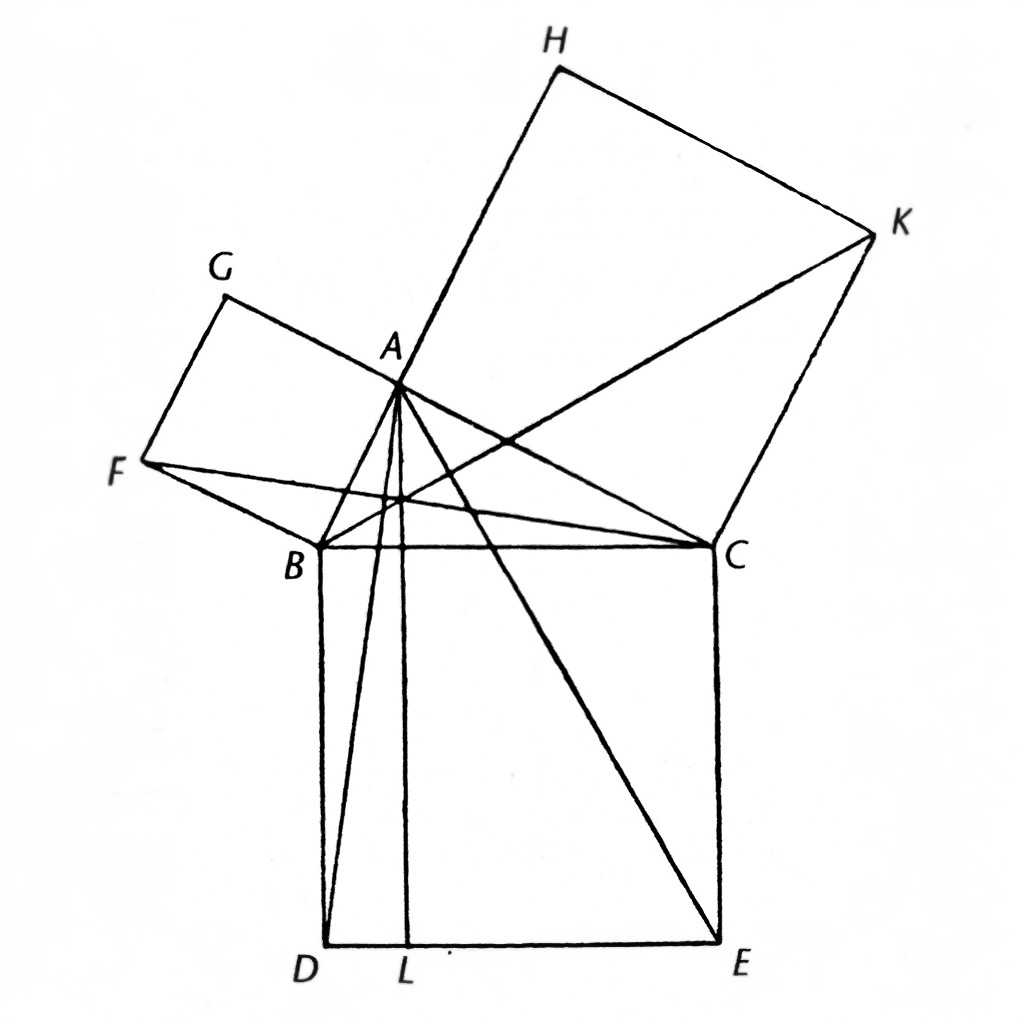i'm learning about the most unpleasant topic ever for a class i have to take. it makes my head spin and i distrust my textbook, so i was wondering if a well-read comrade had the time to give me the real shit, from a leftist perspective, but somewhat simplified:
what exactly is continuously compounding interest? it's like, a really ancient practice, right?
As a mathematician who taught "Business Calculus" to college kids for a couple of semesters (yes, it was as awful as it sounds), here's the deal:
Continuously compounding interest is a useful mathematical abstraction that gets used all over the place. At its most basic, all you really need to understand is how to use the formula A=Pe^(rt). The variable r is the interest rate, t is the time, P is the amount of money you start with, and A is the amount of money you end with. Without getting into calculus and limits, that's really all there is to it.
But that's perhaps not a very satisfying answer, so let's get just a little more complicated. Let's start by looking at what happens if you compound your interest once. If you start with P dollars and your interest rate is r, then after calculating your interest and adding it back to your total, you get a final amount of A=(principal) + (principal)*(rate). That is, A=P+Pr, or A=P(1+r).
Now if you compound your interest yearly, the formula is A=P(1+r)^t, where t is the number of years. You're just going to have to trust me on this, because I'm hungover today and having an impossible time actually deriving this formula, I may come back and add an explanation at some point when my brain is actually working.
Finally, we can compound interest more often, maybe twice a year or quarterly or, more generally, n times a year. In this case, the formula is A=P(1+r/n)^(nt), and again, you're just going to have to trust me on this. It's not too hard to derive (and possibly your textbook even has the derivation somewhere), but I'm not coming up with it, because of the aforementioned hangover.
Now here's where the interesting bit of continuously compounded interest comes in, and why I mentioned limits several paragraphs ago. If you take that n (the number of compoundings per year) and you increase it, the (1+r/n)^(nt) approaches e^(rt). You can make this precise with limits, but you can also check this experimentally by choosing some r and some t, maybe r=0.05 (5% interest rate) and t=7 (7 years), and see what happens to the resulting number as you plug in larger and larger values of n. Maybe try n=10, n=100, n=1000, n=10000. You'll find that you get very close to e^(rt), which seems like magic, but it's really just limits.
So yeah, that's really all there is to it, the number e is weird and cool and continuously compounding interest is just what happens when you take your formula for interest compounded a few times a year and let the number of compoundings per year go to infinity!
You'll notice I never talked about any actual economics or anything, that's extremely not my field, money is fake, it's all stupid, death to capitalism, you know the drill.
Oh, one more fun fact, that same formula A=Pe^(rt) can also calculate inflation if you know the rate of inflation. It's the exact same idea and that's exactly how people translate how much money was worth in the past to how much it's worth now.
Never forget our good friend Be^Rt, or bert. A nice expression for calculating continuously compounded interest, where B is the initial debt value (base), e is Euler's number, r is the interest rate, and t is the amount of time that has passed. You would want r and t to have the same time units and B and r the same money units, of course.
But that's just the expression, it doesn't really explain why it's like that. The fact that there's a really weird constant in there (Euler's number) is also not exactly intuitive.
The basic idea, though, is simple. Imagine this was discrete instead of continuous. Then you'd write B(1+r)^t. So if you had a rate of 5% interest per unit of time, you'd have B(1.05)^t. If three units of time pass, this just translates to B(1.05)(1.05)(1.05), for example. This always works for discrete compounding interest and is just handy on its own for back of the envelope math.
You can think of continuously compounded interest as being derived from the discrete form, where it asks a question: what if the amount of time that has passed can be arbitrarily small before we compound? This is usually framed as writing the discrete expression using time deltas instead of time and "taking the limit", which is a calculus term for saying, "make the variable(s) go very small and see what happens".
Imagine if you had a rate of 5% per year but wanted to compound every month. You could of course just convert your time values into 1/12 of a year and go from there. Taking the limit to compound continuously says, "what if I just made the time interval smaller and smaller? Would I get a nice, tidy expression?"
It turns out that when you do that, you get our friend bert.
This is a lot more intuitive if you've taken calculus and have a good idea of the differences in the ways we analyze "continuously" valued vs "discretely" valued functions, but the essential distinction is that we can think of the interest compounding in discrete intervals (e.g. each year, month, day, etc), or we can think of the size of these intervals shrinking to be as small as we need, where we have the interest compounding at all times. In both cases we have some (usually fixed for the purposes of homework problems) interest rate, but if the interest compounds continuously, we can calculate the total accumulated at arbitrarily small intervals. So with continuously compounding interest, even if the rate is expressed as 4%/month, we can calculate accumulation after just 2 days or 2 microseconds. I haven't watched this particular khanacademy video, but their math content is usually good, so this is probably a good one to watch. It claims to compare calculations of continuously compounded to annually compounded interest.
https://www.khanacademy.org/economics-finance-domain/core-finance/interest-tutorial/cont-comp-int-and-e/v/continuously-compounding-interest-formula-e
SIN ! TYRANNY ! OLIGARCHY ! EVIL ! SLAVERY! RIBA ! USURY !
it is the root of Passiv income in therby the root of Evil.. Interest accumulates in the Superstructure Sphhere , its a Mathmatical Process that increase the Debt and theirby enslave the Debtors and empower the Financial Class.
To (some) people responding: they're asking about continuously compounding interest, not just compound interest
Imagine you have grain of rice and it lies at the first square of a chessboard. Imagine that every time you move the grain of rice to the next square, you receive 100% interest. On the second square you've got 2 grains of rice. On the third, you've got 4 grains of rice. on the last, you've got more rice than has ever been cultivated on earth, and the earth doesn't even have enough space to store all the rice. This is counterintuïtive for most people, but if you do the math (222...), you'll see it's correct. The point is that you don't just have rent on the original sum, but also on the previous interest, and because of that, it grows exponentially. It is the reason that banks are extremely rich. If you want to learn more, I advise you to google "Michael Hudson compound interest". He's a marxist economist who has done a lot of interesting work on the functioning of debt in both the current moment and in antiquity. I very much liked his book " Killing the host".
It's very simple.
Add 5% every time:
1.000
1.050
1.103
1.158
1.216
1.276
1.340
1.407
1.477
1.551
1.629
1.710
1.796
1.886
1.980
2.079
2.183
2.292
2.407
2.527
2.653
2.786
2.925
3.072
3.225
3.386
3.556
3.733
3.920
4.116
4.322
4.538
4.765
5.003
5.253
5.516
5.792
6.081
Note that you start out making small gains each line, but then the gains get bigger and bigger. That's compound interest.





